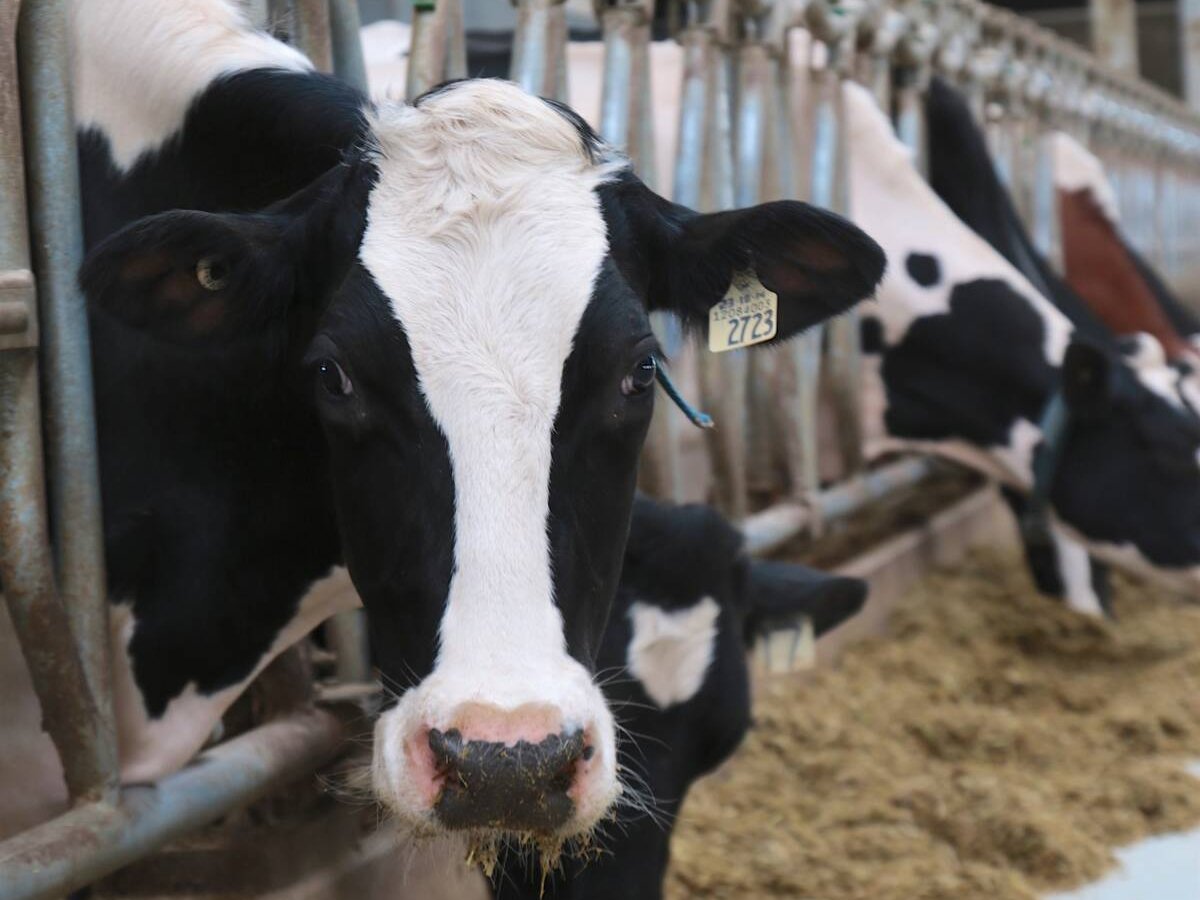A much-anticipated United Nations report embracing the view that climate change from man-made sources is real and dangerous points a finger at agriculture as a chief cause.
The spread of intensive agriculture that resulted in increased land tillage, deforestation, chemical use and livestock has contributed to unprecedented levels of greenhouse gases – carbon dioxide, methane and nitrous oxide – in the atmosphere, said a report supported by 600 international scientists and published in Paris.
“The global increases in carbon dioxide concentration are due primarily to fossil fuel use and land-use changes,” said the report. “Those of methane and nitrous oxide are primarily due to agriculture.”
Read Also

The Organization for Economic Co-operation and Development lauds Canada’s low farm subsidies, criticizes supply management
The Organization for Economic Co-operation and Development lauded Canada’s low farm subsidies, criticized supply management in its global survey of farm support programs.
In Canada, University of Saskatchewan climatologist and geology professor Bill Patterson supported the conclusion.
“If you fly over almost any part of the world, what you see below is agricultural land, often land cleared of forest to farm,” he said in an interview from Saskatoon.
“Nothing has changed the world as much as agriculture has. It is appropriate to point out that agriculture is a major source of the main greenhouse gases.”
On the other side, Manitoba farmer and Canadian Federation of Agriculture president Bob Friesen complained that the UN report’s claim lacked context.
It does not take into account the role of farmland as carbon sinks and does not credit farmers for their efforts to reduce emissions through better feeding methods and tilling practices.
“We don’t think this claim in the report is reasonable at all,” he said in a Feb. 8 interview. “Agriculture produces food and the world needs food. That food is produced in the most responsible manner possible.”
Last week, Dairy Farmers of Canada was touting evidence that the dairy sector in Canada is reducing its greenhouse gas emissions through better feeding and production methods and a shrinking dairy herd. While the United Nations Food and Agriculture Organization estimates that cattle worldwide contribute 18 percent of greenhouse gas emissions, in Canada emissions decline one percent each year.
At Agriculture Canada, a senior environmental policy official said it is a mixed picture but Canada’s agricultural sector is a net contributor to the greenhouse gas buildup in the atmosphere.
“The truth is that methane and nitrous oxide did show an increase (during the 1981-2001 period) but it was more than offset by a reduction in carbon dioxide equivalent emissions,” said Paul Martin, director general of the Agriculture Canada marketing policy and environment policy directorate. “But the sector certainly is a net contributor.”
Improved soil management and tillage methods were the main reason for the improvement, he said.
The main thrust of the United Nations report was that climate change is undeniable, temperatures are rising, ice caps are melting, sea levels are rising and carbon dioxide levels are higher than the natural occurrence range over the past 650,000 years.
“The primary source of the increased atmospheric concentration of carbon dioxide since the pre-industrial period results from fossil fuel use with land use change providing another significant but smaller contribution,” it said.
The report said growth rates of methane in the atmosphere have been declining during the past decade while the growth rate of nitrous oxide in the atmosphere has been stable since 1980.














